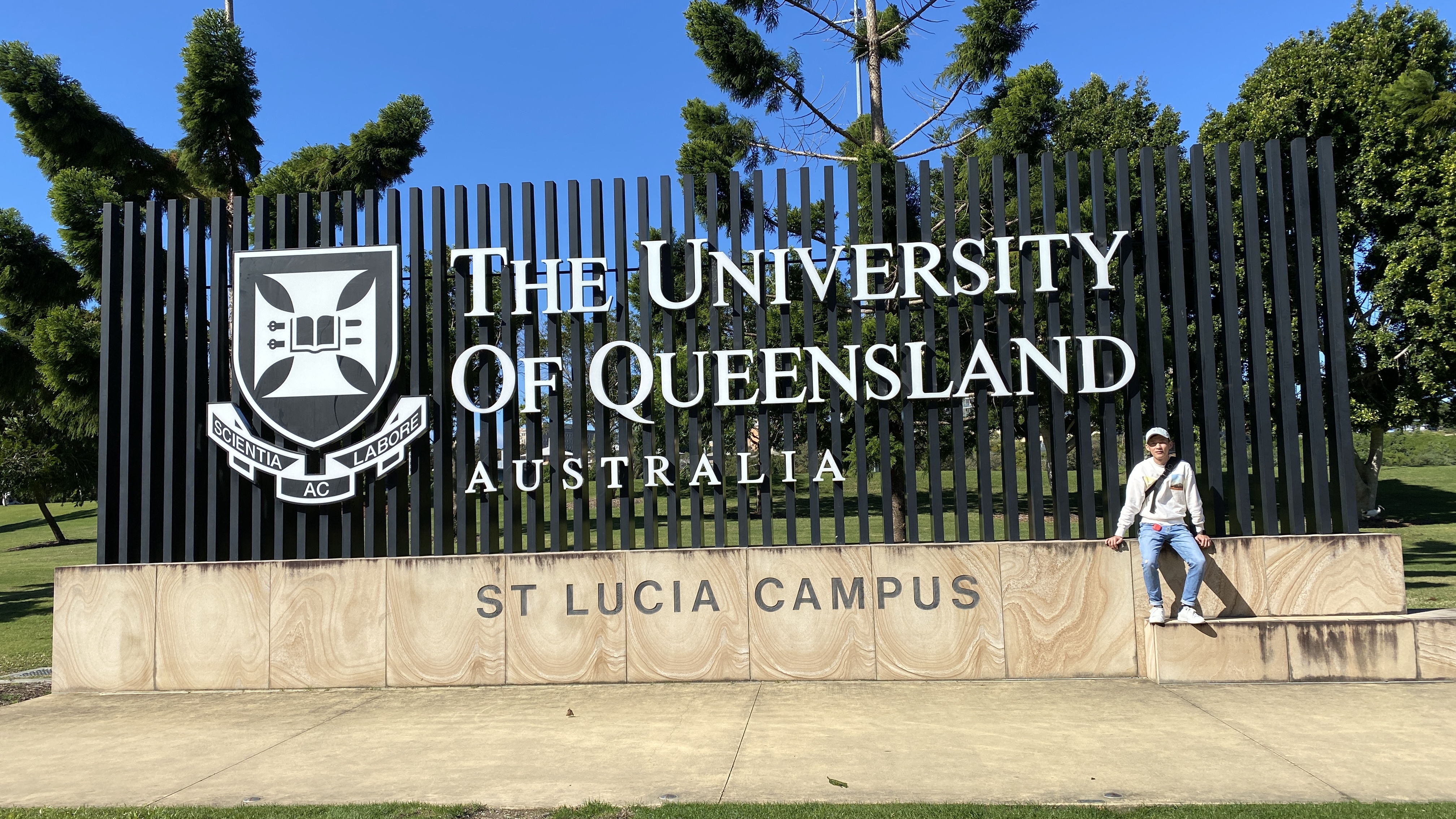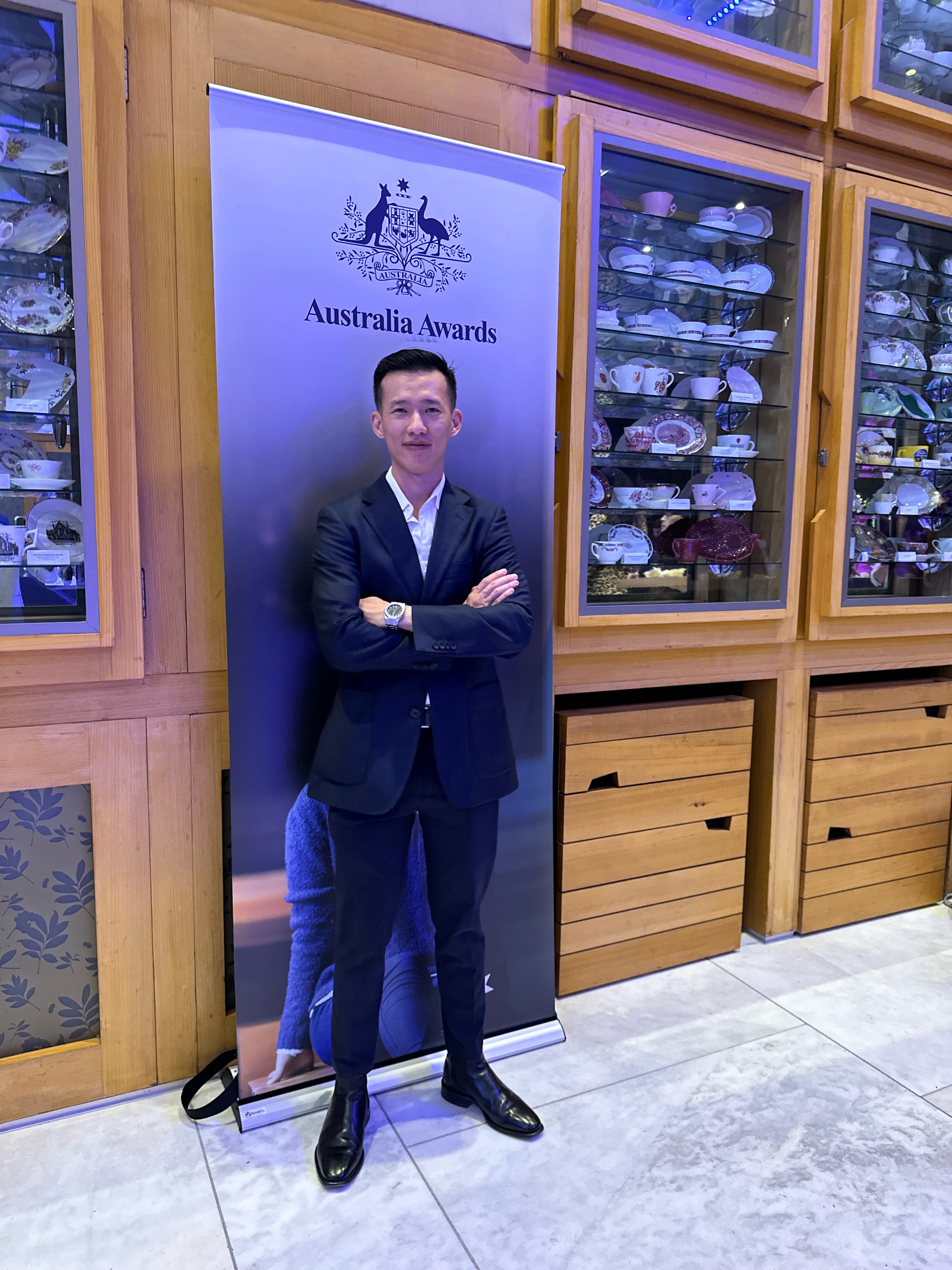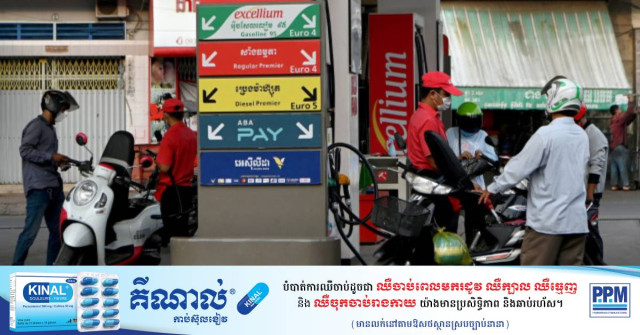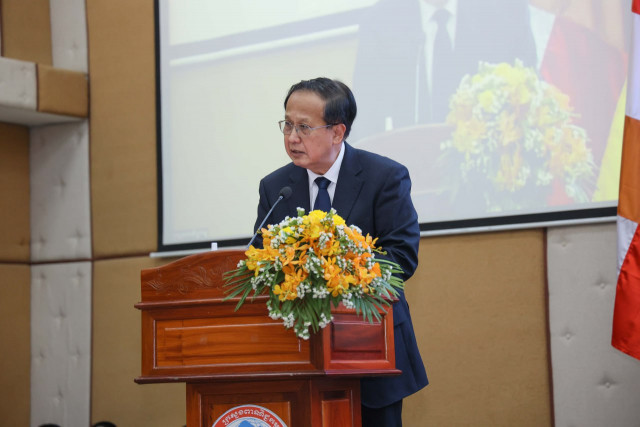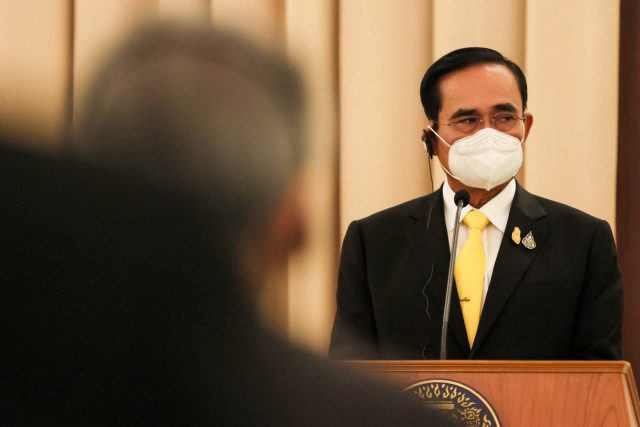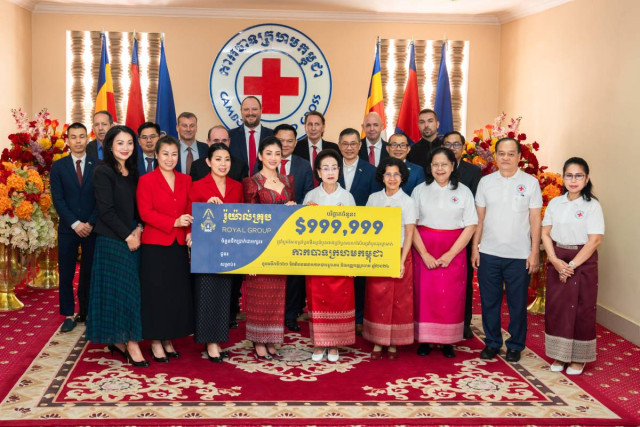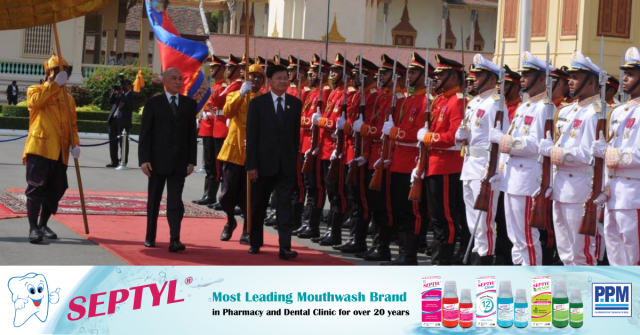Scholar Sees GIScience Helping to Ensure Cambodia’s Sustainable Future
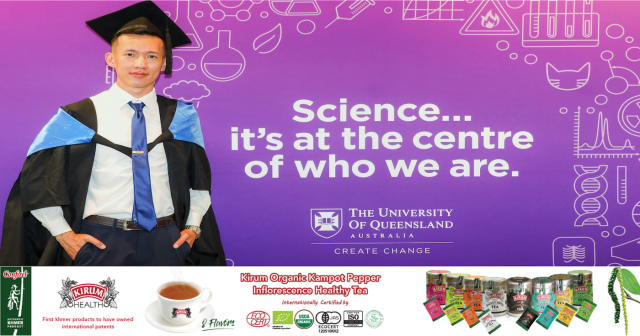
- By Sao Phal Niseiy
- March 16, 2024 6:11 PM
The demand for Geographical Information Science professionals has been on the rise all over the world due to the growth in industries ranging from urban planning and data visualization to environmental science-related fields. Mao Chhyfa is among the few Cambodians to have immersed themselves in the field of Geographical Information Science (GIScience or GISc), paving his way to undertake a post-graduate degree in GIScience in Australia. Having worked as a civil servant at the Ministry of Land Management, Urban Planning, and Construction for around five years, Chhyfa is highly interested in the field and hopes to use his knowledge in GIScience to contribute to the country’s sustainable future. He recently spoke of his academic journey and his plans to put his GIScience knowledge to use.
Sao Phal Niseiy: You recently graduated with a master's degree in Geographical Information Science, or GIScience, from the University of Queensland through the Australian Awards program. Would you explain what it is?
Mao Chhyfa: GIScience is the study of geographic information, including how it represents real-world phenomena, how humans perceive the world, and how this information can be captured, organized, and analyzed. It has applications in physical and human geography, as well as various other fields and industries. While GIScience provides the theoretical foundation, GIS is the practical tool that aims to improve GIS data, software, and professional practice in real-world scenarios. Key interests within GIScience include spatial analysis, visualization, and uncertainty representation. It's conceptually related to geomatics, information science, computer science, and data science, and intersects with societal and technological issues. To summarize, GIScience is about understanding and harnessing the power of geographic information to solve real-world problems.
Sao Phal Niseiy: Undertaking studies in a specialized field such as GIScience can be difficult. Would you tell us what challenges you faced and how you managed to cope with those challenges?
Mao Chhyfa: Certainly, there were several main challenges I encountered. Firstly, technical complexity, since GIScience requires programming, cartography and spatial navigation skills. Luckily, my work experience has honed the skills needed for GIScience tasks. However, additional research and tutorials, both online and through university resources, proved essential for further learning and practice.
Secondly, there was the challenge of dealing with the inconsistency of data and data collection. GIScience tools demand accurate and up-to-date spatial databases. So, validating and cleaning data are crucial for effective data analysis. While studying in Australia, I accessed an open-data portal for various datasets. But occasionally, required data wasn't available. In such cases, I had to collect my data or network with lecturers and PhD students to find available datasets for my research projects. Python and R programming proved useful for data cleaning and analysis.
Lastly, there was the challenge of balancing art and science in map representation. After analyzing data, visualizing it is crucial to communicate effectively with the public. Map representation must strike a balance between creativity and clarity for non-technical audiences. Fortunately, there are guidelines and tips to follow, enabling users to produce precise and informative maps. In summary, every challenge presents an opportunity for growth. Embrace them, learn from them, and keep exploring the world ethically.
Sao Phal Niseiy: Why do you think more young Cambodians should consider taking this course? For those interested in pursuing a degree in GIScience, what knowledge and foundational skills do they need to acquire beforehand?
Mao Chhyfa: As I mentioned earlier, GIScience can be applied to both physical and human geography. The first reason more young Cambodians should consider this course for their future careers is its applicability for solving real-world problems, such as climate-related issues and human activities (rapid development). Secondly, job market opportunities are abundant as skilled GIS professionals are in high demand by government agencies, NGOs, private companies, and research institutions.
Moreover, some key foundational skills include basic information technology (software implementation and basic coding), statistics, cartography, and geography. In conclusion, Cambodian students can use GIScience to address community and environmental issues effectively. Additionally, GIScience combines geography and technology, making it ideal for students interested in both.
Sao Phal Niseiy: As a person equipped with GIScience skills, how are you using your skills and knowledge? What kind of contributions can people make with this expertise?
Mao Chhyfa: Currently, I work at the Cadastral Information Technology Department, where I've been focusing on modernizing the Cadastral Information System with my team. With GIScience skills, I manage the geodatabase of land registration and I am involved in mapping and cartography. In terms of contributions, GIScience skills have diverse applications. For instance, they've been utilized for mapping and digitizing land management and administration; environmental management such as monitoring biomass, coastal erosion and land-use change, and predicting and assessing climate risks. Additionally, GIScience is used in agriculture to monitor crop health and for yield predictions. In essence, GIScience skills are among the most powerful tools for solving everyday problems, and I'm delighted to apply what I've learned in Australia in my workplace.
Sao Phal Niseiy: Statistics show that the GIScience-skill shortage has been prevalent in many countries, and Cambodia is no exception. In your opinion, what can be done to encourage young people to acquire these skills and develop such expertise, considering the important role for relevant stakeholders in the public as well as private sectors?
Mao Chhyfa: From my perspective, multiple approaches are available to encourage young people to learn and acquire this expertise. On the government side, education policies should integrate GIScience education into primary, secondary, or higher education curricula, introducing GIScience concepts through workshops, map-making activities, and geospatial games.
On the private sector front, collaboration with educational institutions to design relevant GIScience courses and offer internships to students is vital. Moreover, employers can provide insights into the demand for people with GIScience skills, and companies can sponsor GIScience events and mentorship programs to connect students with experienced professionals. Coordinating efforts among the government, private sectors, educational institutions and youth are crucial for bridging the GIScience -skills gap and empowering Cambodia's future workforce.
Sao Phal Niseiy: As an Australian Government scholarship recipient and a technical person with specialized GIS knowledge, what message do you have for young Cambodians so they can prepare themselves well?
Mao Chhyfa: GIScience is a powerful tool for sustainable development and disaster management in Cambodia. Imagine using maps to improve farming practices, track environmental changes, or plan safer cities: That's the kind of impact you can have. Australian Government scholarships opened doors for me to study GIScience abroad, where I absorbed valuable knowledge from developed countries as to leveraging GIScience to solve everyday problems. Even without a scholarship, those interested in GIScience should network, seek advice from professionals, or take online courses to get started. GIScience is a rewarding field that combines technology with a passion for Cambodia's sustainable development. Explore GIScience for a fulfilling career and to positively impact your community. Hard work and dedication can help you achieve amazing things. Finally, I'm happy to share my journey as to obtaining the Australia Award Scholarship and acquiring my GIScience learning experience.






